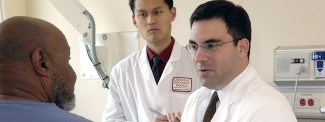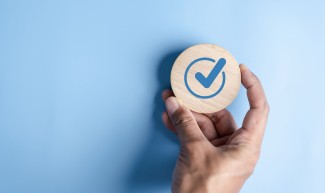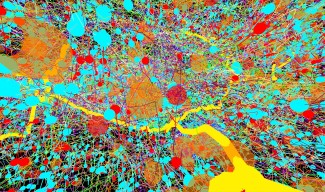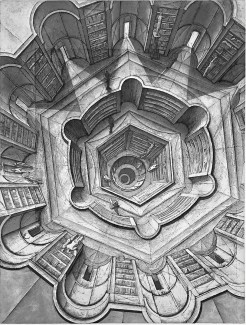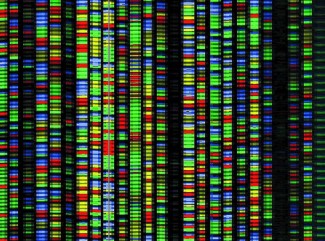Transcranial direct current stimulation could be beneficial in treating primary progressive aphasia. This is what a pre-therapeutic study recently showed, conducted by teams led by Dr. Marc Teichmann, from the Pitié-Salpêtrière AP-HP Hospital neurology department, and Antoni Valero-Cabré, research director at the French Scientific Research Center (CNRS), both at Paris Brain Institute.
Primary progressive aphasia (PPA) is a degenerative illness characterized by progressive loss of language abilities. The most common form of PPA, known as “semantic”, is defined by progressive loss of the ability to process concepts and meaning of words.
Currently, there is no confirmed treatment for aphasia independently from its origin (degenerative or post-stroke). Studies up until now were conducted on small samples (often fewer than 6 patients) or individual case studies, complicating interpretation of results.
Dr. Marc Teichmann, from the Pitié-Salpêtrière AP-HP Hospital neurology department, and Antoni Valero-Cabré, research director at the French Scientific Research Center (CNRS), both at the Institut du Cerveau - ICM, coordinated a study of twelve patients with semantic PPA. Thorough double-blind placebo-controlled methodology allowed the evaluation of transcranial direct current simulation (tDCS) effects on language and semantic skills.
tDCS is a non-invasive stimulation involving low intensity direct current that flows thanks to two electrodes places on the scalp. It does not generate any specific sensation on the stimulated area, meaning that neither patients nor doctors can differentiate active stimulation from a placebo.
Short-term clinical effects of three kinds of stimulation (anterior left temporal cortex anodal excitation; anterior right temporal cortex cathodal inhibition; placebo stimulation) were evaluated during three sessions with a week in between each session. The effects of the three forms of stimulation were then compared.
Stimulation effect was evaluated using a multidimensional semantic test. Pre/post stimulation contrast analysis, which compared left and right tDCS to placebo stimulation, demonstrated several significant effects: improved verbal semantic performance function and improved function specifically for the “living things” category. A computational model, taking into account electrode location and conductivity of the various layers of tissue (from scalp to cerebral cortex), demonstrated optimized focality of the procedure on the anterior region of the temporal lobe and efficacy of the current delivered from the scalp to the targeted cortex.
It is noteworthy that tDCS is less costly and easier to use than other non-invasive brain modulation methods such as transcranial magnetic stimulation (TMS).
This pre-therapeutic study opens up new opportunities for developing clinical applications with more durable effects for patients with degenerative aphasia. A therapeutic protocol using repeated stimulation for 10 days to induce a months-long effect with neuroplasticity mechanisms was developed and recently received AP-HP promotion. If the procedure of consecutive stimulation for several days proves useful, it can be repeated as soon as benefits begin to decrease.
In the near future, treatments using stimulation could be tailored to cranial perimeters, lesion load and distribution of individual patients, to optimize stimulation for significant and durable therapeutic effects for everyone.
Sources
https://onlinelibrary.wiley.com/doi/10.1002/ana.24766/full
Teichmann M, Lesoil C, Godard J, Vernet M, Bertrand A, Levy R, Dubois B, Lemoine L, Truong DQ, Bikson M, Kas A, Valero-Cabré A. Ann Neurol. 2016 Sep 19.

